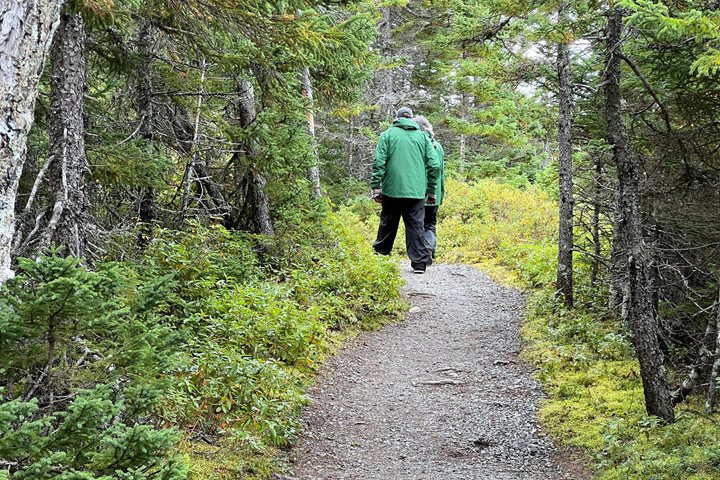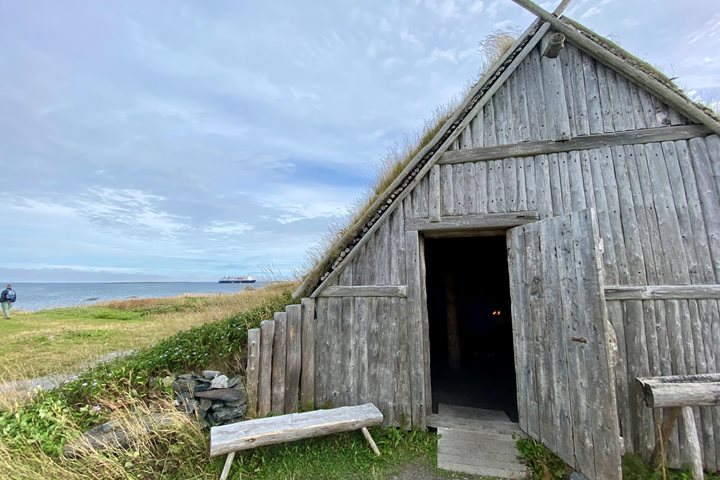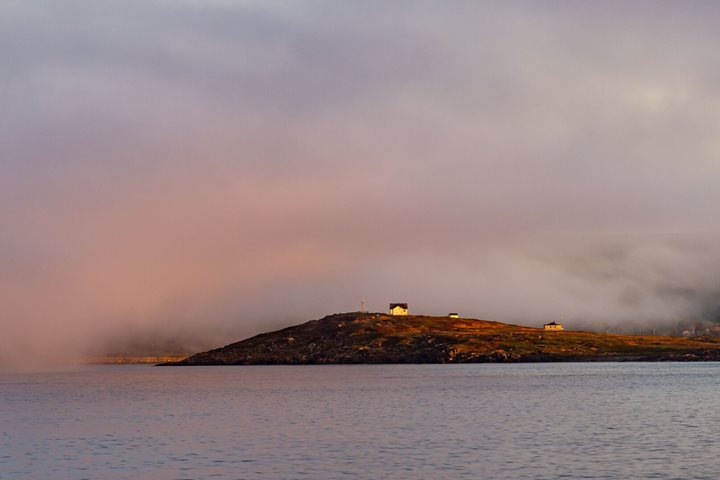Today we arrived in Labrador at Red Bay, a UNESCO World Heritage Site and Canadian National Historic Site. Foggy seas and friendly faces greeted us as we spent the day exploring many of the archaeological sites, museums, and local landscapes.
Guests explored the fabulous museums and visitors’ center, which contain artifacts from the 16th century Basque whaling station that once covered these shores. Incredibly well preserved chalupas (small support vessels used for hunting whales), casks used to store and ship whale oil, clothing, coins, and more are on display. This helped us connect with the history of the region.
As the fog burnt off, guests took a small shuttle boat to nearby Saddle Island, the site of major excavation efforts by Parks Canada and collaborators (beginning in the 1970s and ongoing in the present day). A beautiful boardwalk rounds the island, and Parks Canada interpreters led us on the hike here. We stopped along the way to learn more about whaling operations and use of try works, cooperages, and oil, as well as details of the excavations and implications for our understanding of whaling, transatlantic sailing, and underwater archaeology in the present day.
After lunch, we had the opportunity to hike up to the spectacular lookout at Tracy Hill and along the Boney Shores trail, where we saw ancient whalebones. The site overlooks the harbor. A fabulous day aboard National Geographic Explorer was had by all.







